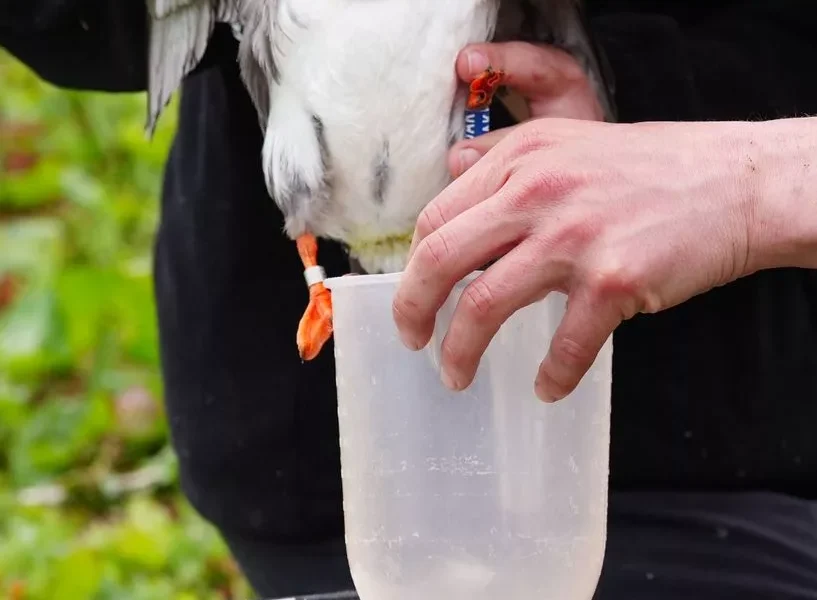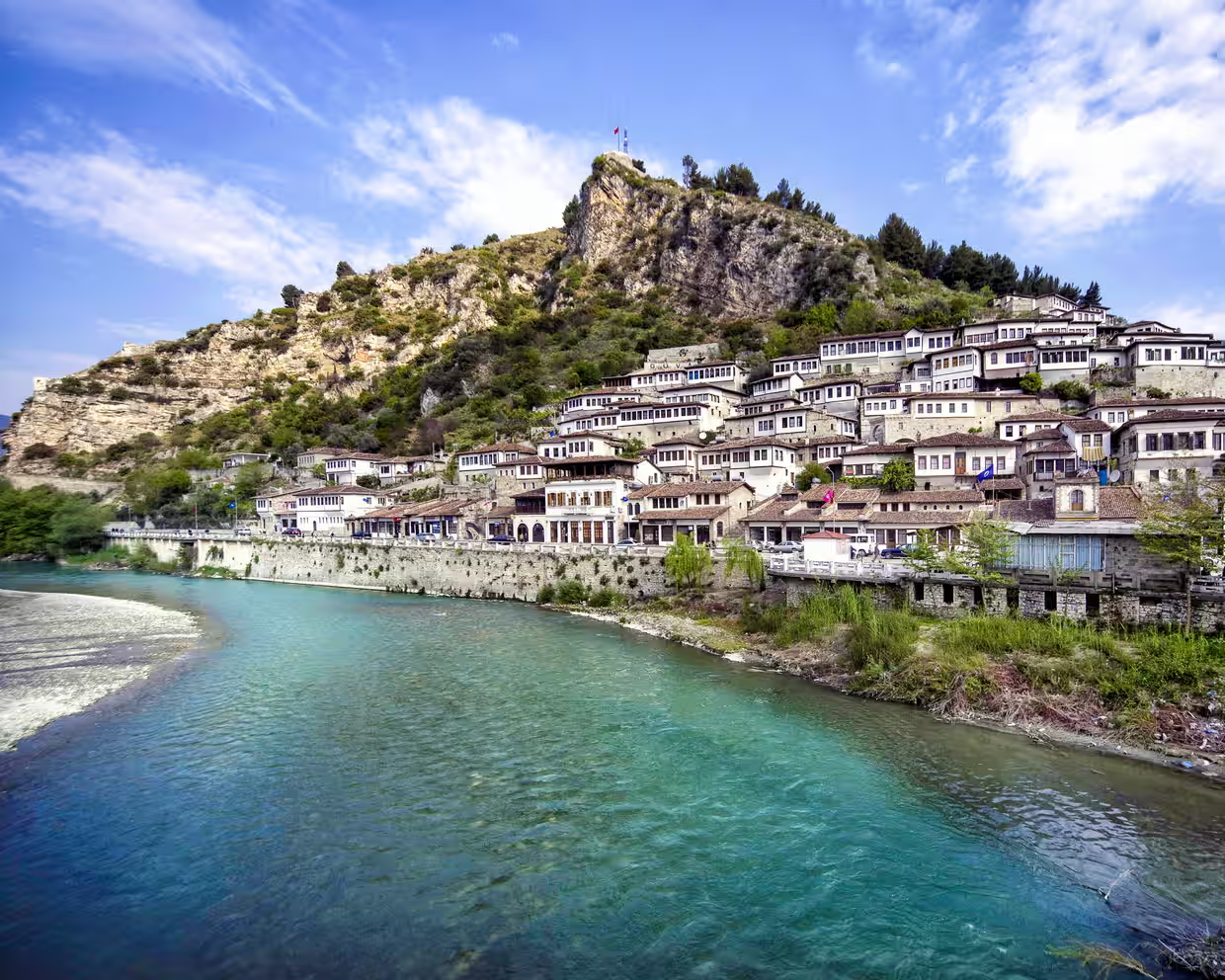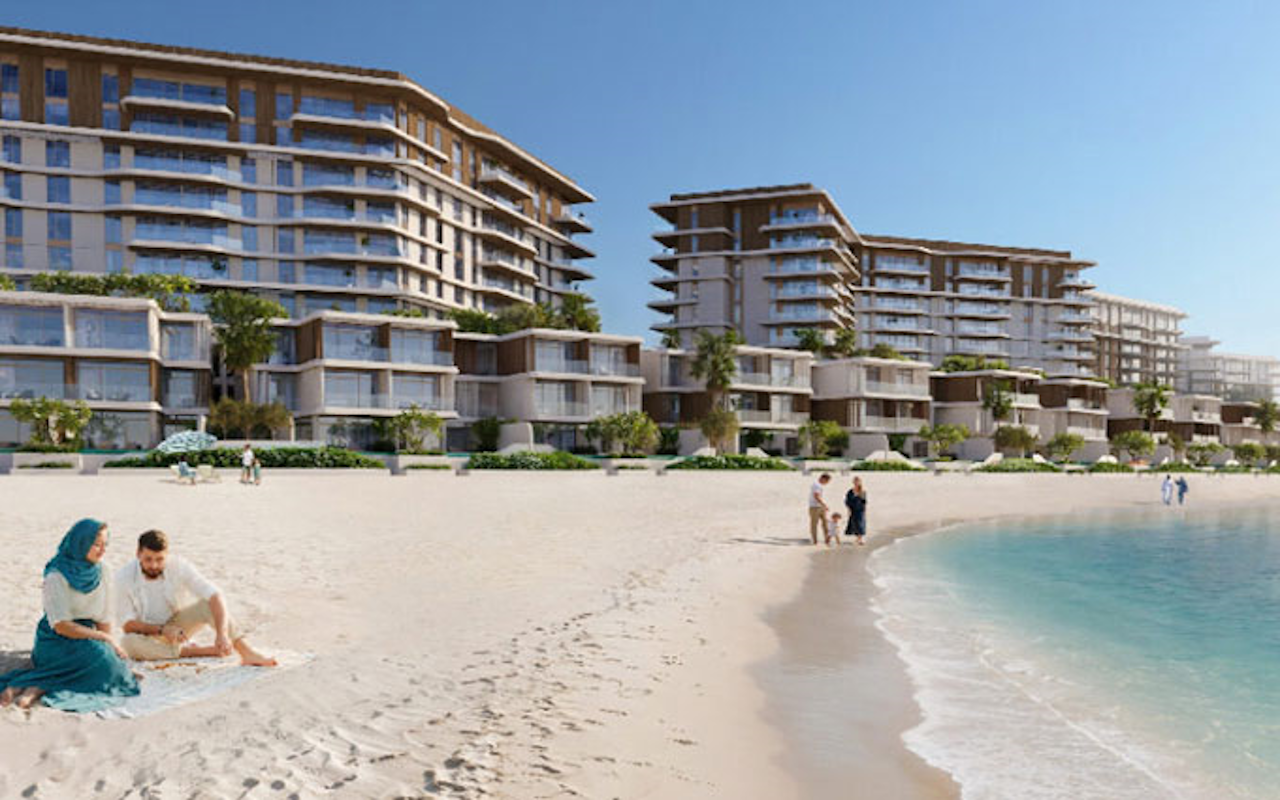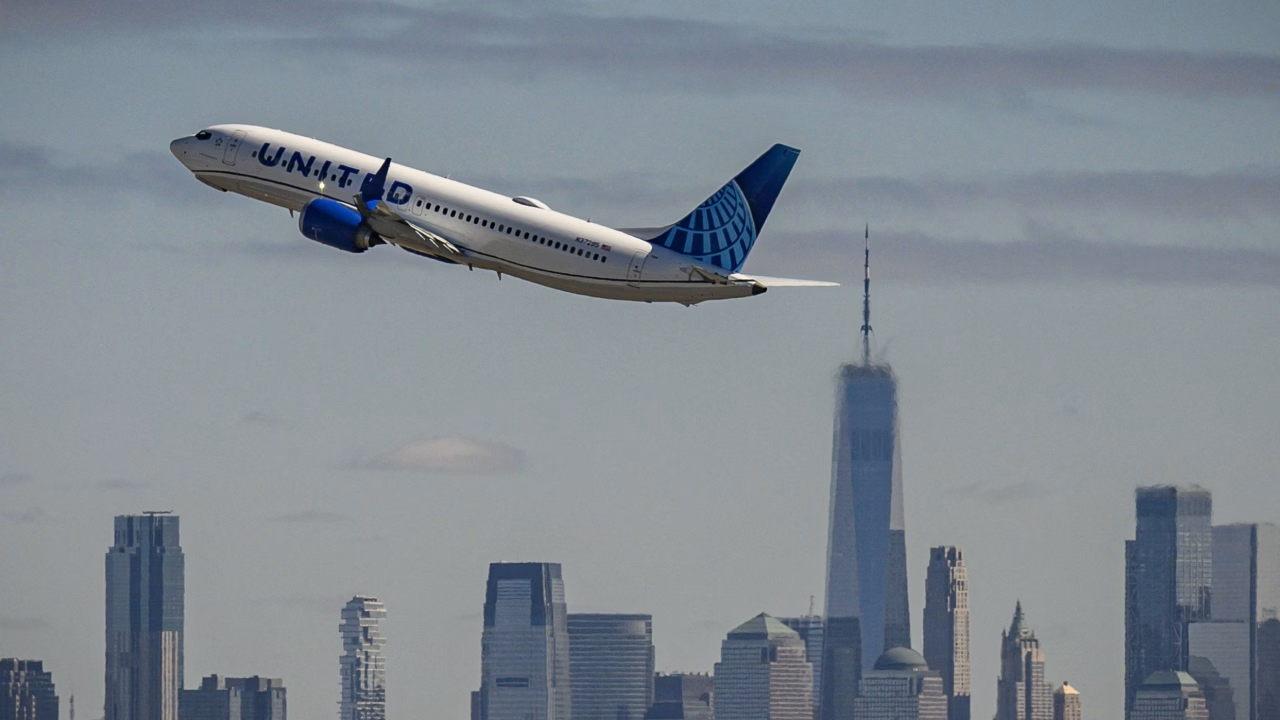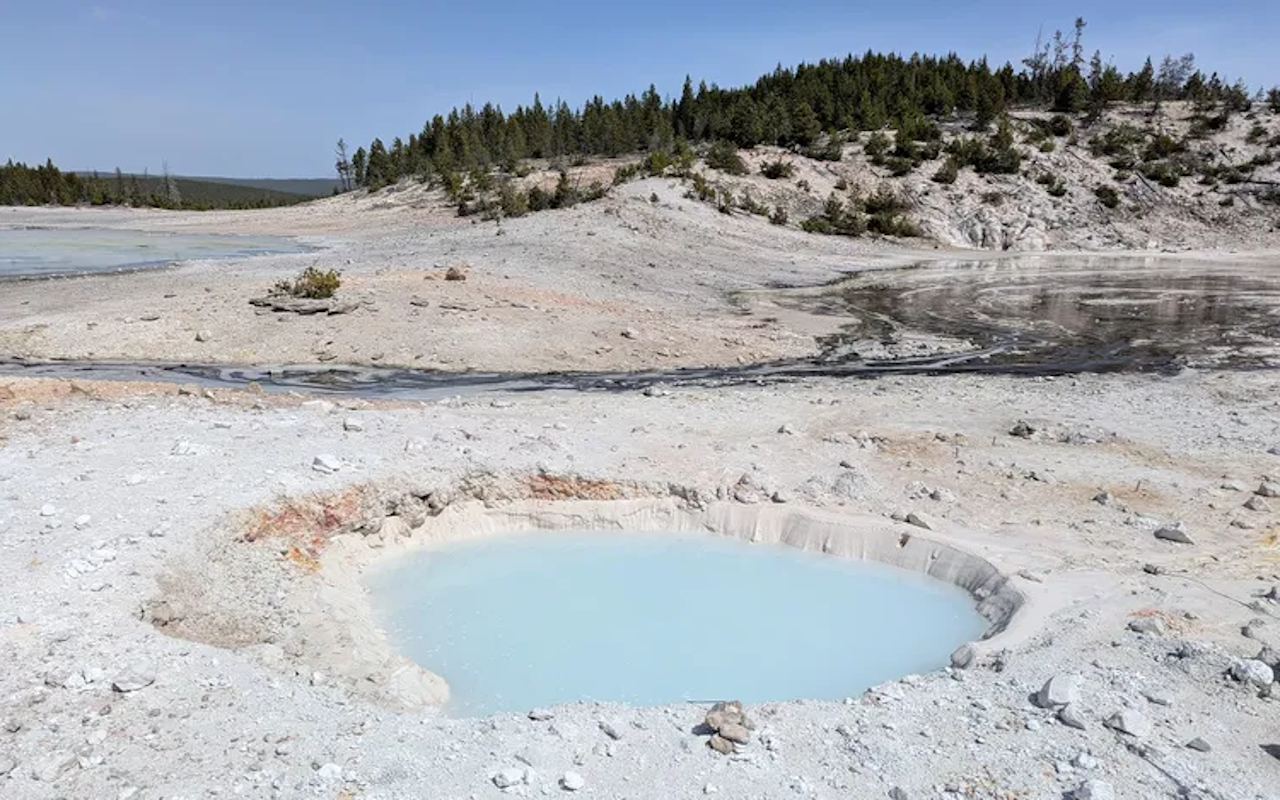Farne Islands Puffins Photographed & Live on New Webcams
Nature enthusiasts and conservationists are celebrating the return of thousands of puffins to the remote Farne Islands off the coast of Northumberland in the UK.
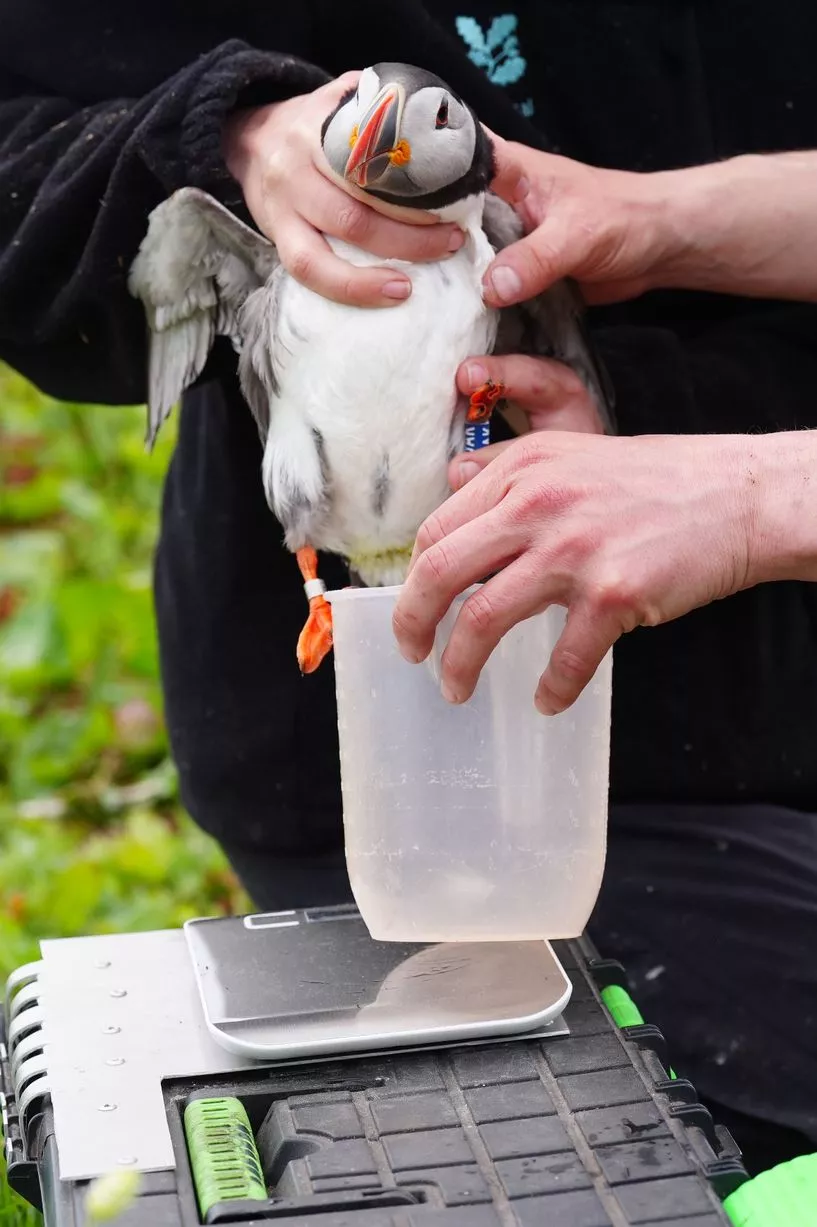
Farne Islands Puffins Photographed & Live on New Webcams
As staff undertake their crucial annual count of the breeding population, conservation chiefs are making it easier than ever for the public to witness the bustling seabird colonies by installing new webcams, marking a significant step in connecting people with these remarkable creatures.
The Farne Islands: A Vital Seabird Sanctuary
The Farne Islands, accessible by boat from Seahouses in Northumberland, constitute a nationally important wildlife sanctuary managed by the National Trust. These rugged islands are a vital breeding ground, hosting an impressive diversity of seabird life, with 23 species gathering there each year to raise their young.
Among the most charismatic residents are the puffins, which form one of the UK’s largest and most significant breeding colonies on the islands. Their annual arrival transforms the islands into a bustling hub of activity, attracting visitors and researchers alike.
The Annual Puffin Count: Monitoring Population Health
Every year, National Trust staff embark on the essential task of counting the breeding puffins on the Farne Islands. This meticulous process, which involves counting apparently occupied burrows, is crucial for monitoring the health and trends of the puffin population.
Data collected from these counts provides vital insights into the species’ breeding success, helps identify potential threats, and informs ongoing conservation strategies aimed at protecting these vulnerable seabirds. The count is a cornerstone of the long-term conservation efforts on the islands.
New Webcams Offer Unprecedented Access
To mark 100 years since the National Trust acquired the Farne Islands, the charity is enhancing public access to the wildlife with the introduction of new webcams. These cameras are strategically positioned to provide intimate views of puffin burrows and the cliffs where vast numbers of seabirds congregate during the breeding season.
The webcams will offer a live window into the daily lives of the puffins and other species, allowing a much wider audience to experience the spectacle of the colonies without physically visiting the remote islands.
This initiative is particularly significant as visitor access to the islands has been restricted over the past five years due to factors like COVID lockdowns and outbreaks of avian flu, limiting opportunities for people to connect with this incredible wildlife up close. The webcams aim to bridge this gap and bring the islands’ natural wonders into homes globally.
Inspiring Conservation Through Connection
Area Ranger Sophia Jackson, originally from Southampton with a degree in Environmental Science and extensive conservation volunteering experience, highlighted the National Trust’s aspirations for the webcam project.
The trust hopes that this digital link will not only allow more people to see the creatures’ lives but also inspire them to take guided tours in the future and “realise just how special these wild isles are.” Jackson emphasized the critical need to “do all we can to ensure these islands and bird species have a long and healthy future ahead,” framing the webcams as a tool for engagement and advocacy.
Jackson’s own journey to becoming a ranger on the Farnes, sparked by falling in love with seabirds during a visit to Skomer Island in Wales, underscores the power of direct encounters with wildlife in fostering a passion for conservation. Her path, which involved pursuing various opportunities to work with seabirds and eventually becoming one of the rangers living and working on Inner Farne, exemplifies the dedication required for this vital work.
Life on the Isles: Challenges and Biosecurity
Life for the small team of rangers living on Inner Farne involves a unique blend of breathtaking natural beauty and ongoing challenges. While they enjoy idyllic views, including the ever-impressive Bamburgh Castle visible from their dining table, the reality of managing a major seabird colony includes constant vigilance against threats like avian flu. Now considered endemic, bird flu remains a significant concern for the vulnerable island populations.
The rangers take biosecurity measures with utmost seriousness to minimize the risk of transmission. Sophia described this as the hardest part of her time on the Farnes so far. Measures include wearing waterproofs that can be thoroughly cleaned to remove any contaminants, ensuring visitors adhere to foot hygiene protocols upon arrival, and actively monitoring the situation by sending samples for testing if a dead bird is found.
Despite the challenges, she noted positively that “So far this season, everything looks good,” offering hope for the current breeding season.
The launch of the Farne Islands webcams not only celebrates a centenary of conservation but also marks a modern approach to public engagement, aiming to foster a deeper appreciation for the UK’s remarkable seabird populations and the crucial work being done to protect them in the face of ongoing environmental and health challenges.
